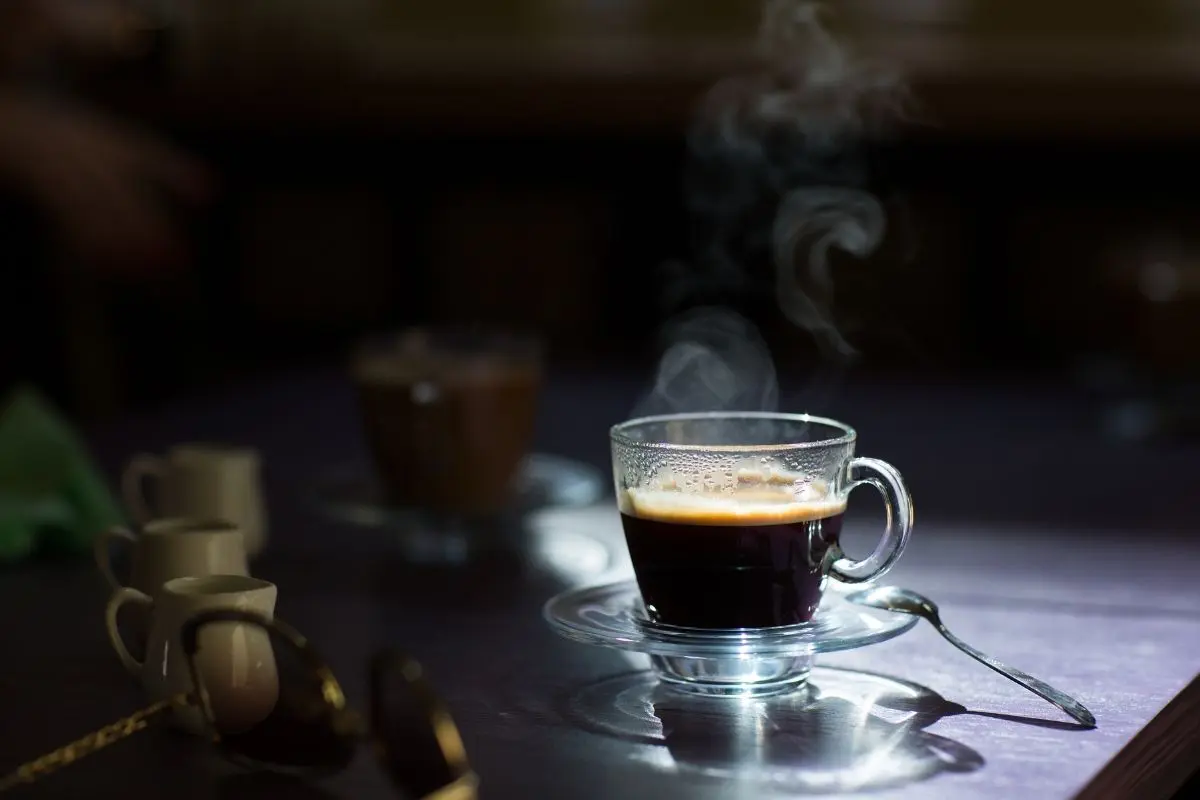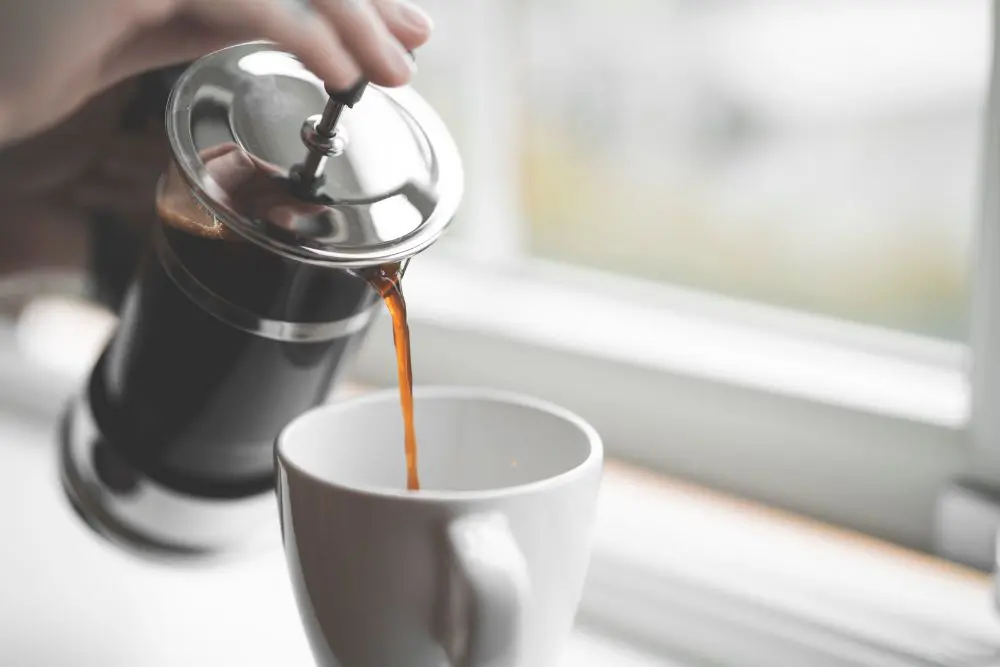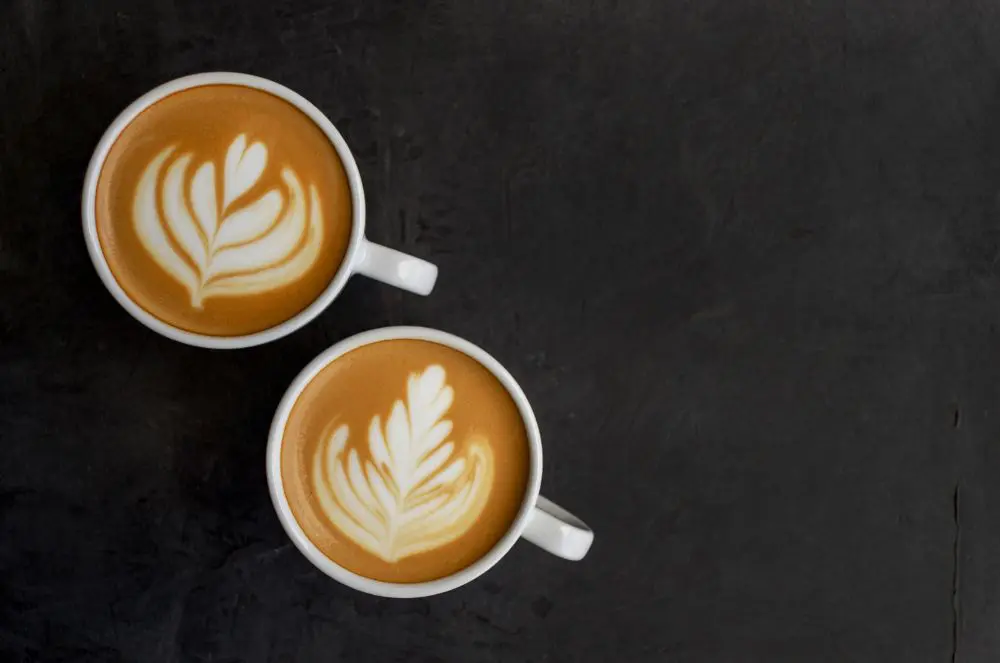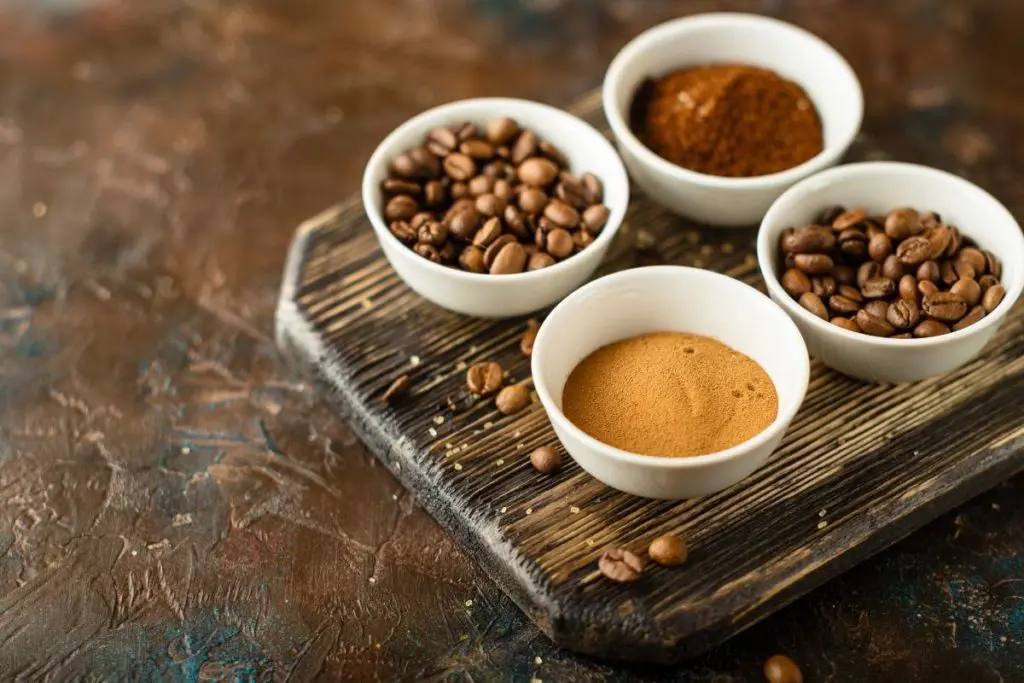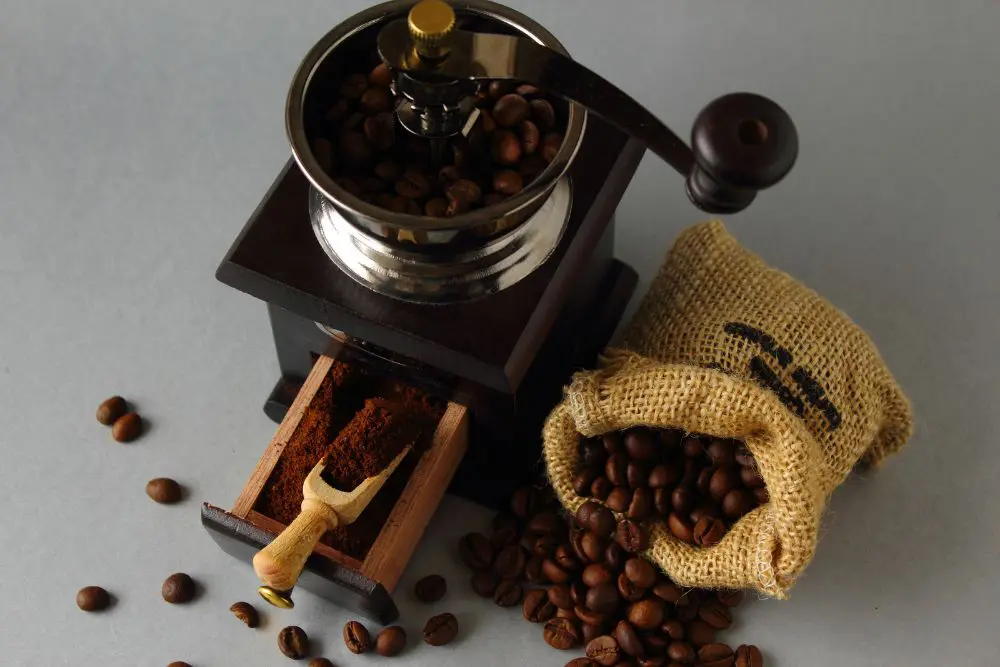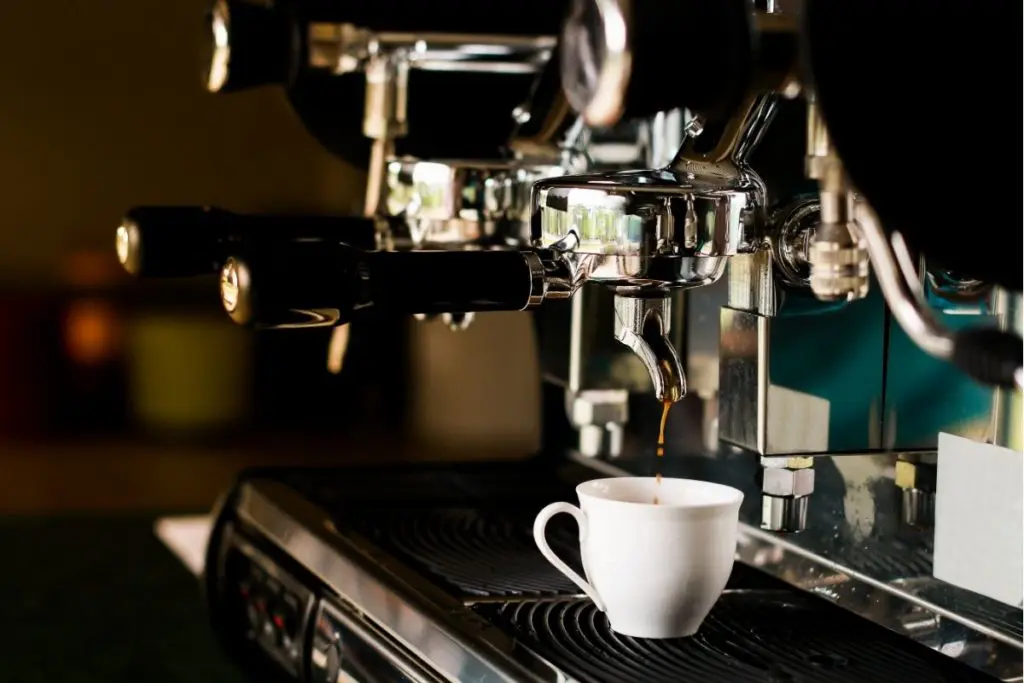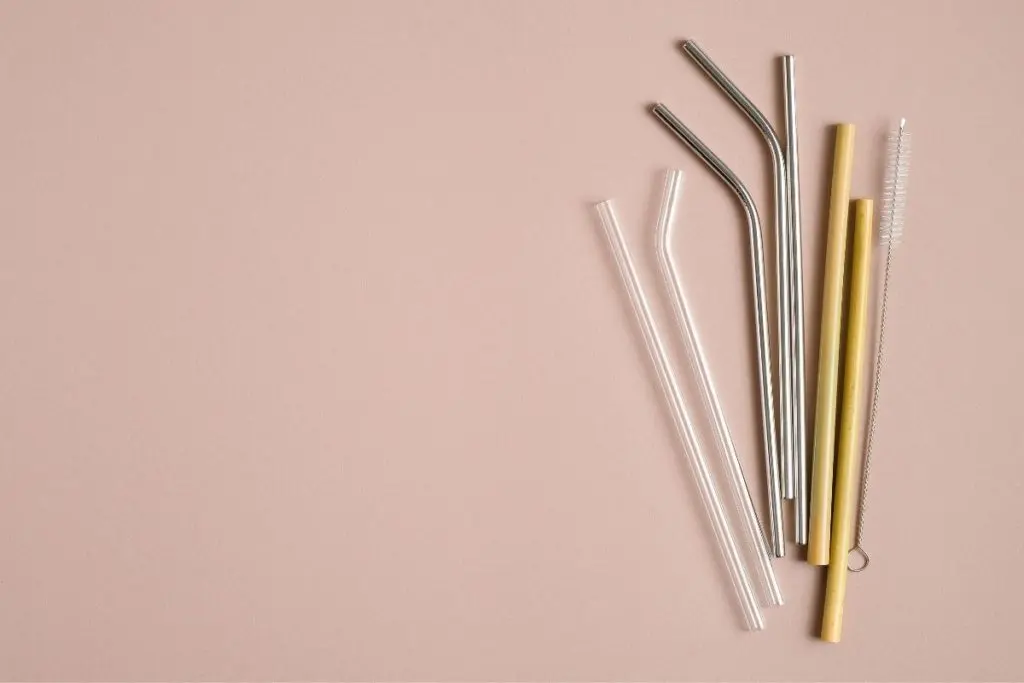Coffee connoisseurs will tell you there is a clear difference between French press vs. drip coffee. Anything from taste to caffeine content will vary depending on the method you use to make your cup of coffee. This debate has been in the coffee world for decades, but still without a clear winner. If you’ve ever wondered about the difference between French press and drip coffee, keep reading. Whether you’re a seasoned coffee drinker or looking to explore new methods of brewing your daily cup of joe, there will be helpful information ahead. Here, we’ll look into all aspects of drip coffee vs. French press so you can make an educated decision on which you feel is the best technique for you.
Drip Coffee vs. French Press Coffee: Brewing Process
The brewing process of drip coffee versus French press is one of the defining factors that set the two apart. Take a look at how their processes are different.
It may come as a shock to learn that a French press is not actually from France. Rather, it’s from Milan, Italy, and was created in 1929. In the nearly 100 years since its introduction to mainstream coffee making, French presses have spread worldwide.
The design is simple: a cylindrical container filled with coffee grounds. Then hot water (make sure it isn’t boiling) is poured over the grounds. You let the coffee grounds sit for a few minutes in the hot water before very slowly pushing down on the plunger, which filters the coffee from the grounds. This pushes the grounds to the bottom of the container, leaving a tasty coffee for you to drink sitting at the top. Finally, pour the coffee from the spout and enjoy.
On the other hand, you can widely find drip coffee in homes, restaurants, and offices all over the world. Step one is to place a paper filter into the machine, but you can choose reusable filters that you wash after each use and are better for the environment. Coffee grounds are placed inside this filter, then water moves up through an aluminum tube from the back of the machine and pours over the grounds. This results in coffee dripping down through a separate tube to the coffee pot sitting on the hotplate below.
Now that we’ve looked at the difference between how French presses and drip coffee machines work, let’s unpack the critical characteristics of each method.
French Press vs. Drip: Taste
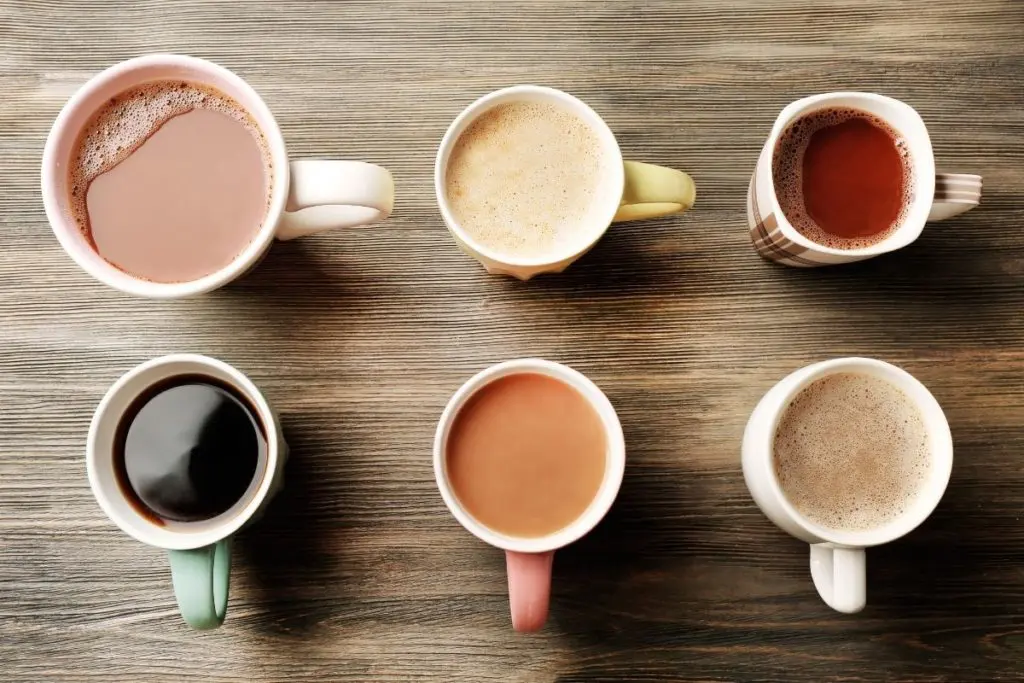
The most important factor for any coffee lover to consider when selecting their brew method is taste. The majority of flavor of coffee comes from the oils on the beans. When using a drip coffee maker with a paper filter, most of these oils are trapped in the filter, never making their way into the coffee. The result is coffee that has a slightly weaker flavor profile. A French press doesn’t use a paper filter. The oils from the beans are still in the coffee, ensuring the maximum amount of flavor in each brew.
Those who know their way around coffee will often comment on drip coffee having a weaker and lighter taste. You should also take the kind of coffee beans used in both methods into consideration. Those using medium or dark roasted beans might be more interested in a French press because all the flavor of those beans will come through in the final cup. On the other hand, lightly roasted beans can be better suited for drip coffee makers as the final product will have a light taste.
A French press takes the number one spot when it comes to taste. Coffee made from a French press is consistently full-bodied with a rich flavor profile. However, you should also choose a coffee-making method that best suits your taste buds.
French Press vs. Drip: Caffeine
There are several factors to consider when determining which brew method produces coffee with the most caffeine. The water temperature, amount of coffee grounds used, and level of bean roast are just the beginning. However, when it comes to the key difference between French press and drip coffee caffeine levels, the length of brew time is one of the key determining factors.
Hot water moves through the filter of coffee grounds in a drip coffee maker for about three minutes. A French press has a recommended steep time of four minutes, but it can be steeped for longer to result in a stronger brew. However, a brew from a French press might not always have more caffeine than drip coffee. The most significant factor here is usually the grind level of the coffee grounds.
Caffeine tends to be one of the more complex characteristics to measure between coffee brewing methods. Consider the size of the drink you’re consuming, how much the beans are grinded, brew duration, and kind of coffee grounds when determining which brewing style might have the highest caffeine amount for you.
French Press vs. Drip: Health
A recent hot topic in the coffee world questions the healthiest way to brew coffee. Coffee has been held in high regard for its ability to potentially lower the risk of Type 2 diabetes and extend your lifespan, among other health benefits. However, only some regular coffee drinkers have reaped the benefits of drinking coffee daily. Researchers guessed this could be due to the brewing method.
Findings from various studies showed a difference in the health impacts of drinking filtered versus unfiltered coffee. Those who drank unfiltered coffee regularly were more likely to develop heart disease later in life than those who only drank filtered coffee. They also found that unfiltered coffee can raise LDL or harmful cholesterol levels.
What is the difference between filtered and unfiltered coffee? Unfiltered coffee is brewed with coffee grounds that simmer in or close to boiling water. This includes the French press method. Drip or pour over coffee are both versions of filtered coffee due to the paper or reusable filter utilized in the process. In the end, filtered coffee can be quite healthy for daily consumption.
French Press vs. Drip: Quantity
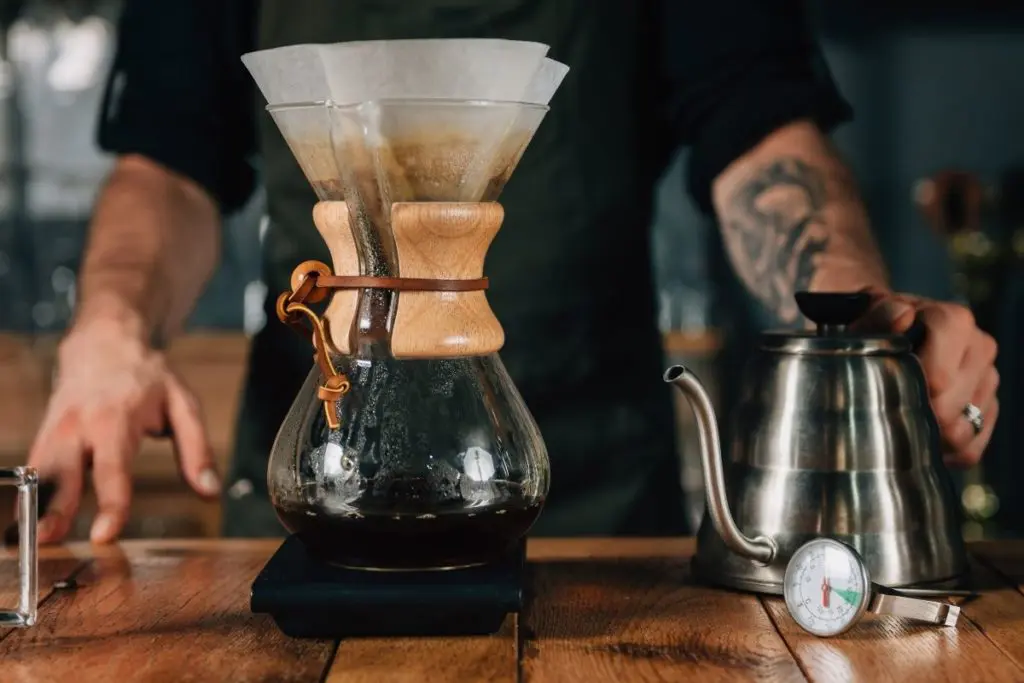
On average, a drip coffee maker will result in far more cups of coffee than a French press. The typical drip coffee maker can produce up to 12 cups of coffee in one cycle. A French press usually only allows for two to four cups of coffee.
This said, if you’re only brewing coffee for one or two people, a French press might be ideal. A drip coffee maker can be wasteful if you’re only drinking one or two cups of coffee. However, if you’re brewing coffee for several people, a drip coffee maker is ideal to ensure everyone gets a full cup of joe.
French Press vs. Drip: Time
It doesn’t take much research into these two methods of coffee making to recognize that a French press takes longer than a drip coffee machine. When it comes to time spent, a drip coffee maker wins if you’re wanting a method with less actions needed from the brewer. You can prep the machine in advance because the entire brewing process is internal. Now, all you have to do is push a button for the coffee to begin brewing. Another bonus about the drip coffee maker is that it will stay warmer longer than coffee in a French press because of the hotplate the coffee pot sits on. As long as the machine is on, the coffee is being warmed from the bottom.
A French press doesn’t have this same built-in warmer. If not moved to a coffee mug and consumed in a timely fashion, coffee brewed in a French press will cool much quicker. There are also more steps between you and your cup of coffee. Overall, a French press will take far more time and energy than a standard drip coffee maker.
Final Results
French presses are harder to master, but they usually result in a richer coffee. You have complete control over all the variables, allowing you to brew the perfect cup of coffee for your taste buds. They take longer to brew and produce far less coffee, but the flavor profile is robust.
A drip machine is better for larger quantities. They also take less time and maintenance during the brewing process. Drip coffee makers tend to produce coffee with a lighter flavor, making them ideal for lightly roasted beans in most cases.
When it comes to deciding which brew style to use for your daily coffee, it’s best to choose one that best reflects what kind of coffee you like best. If you want strong, robust coffee and don’t mind putting in the work for it, use a French press. If you want a lighter flavor with little work to get the coffee, a drip coffee maker might be your best option. In the end, the best coffee brewing method depends on the individual’s preferences and goals.
This is everything you need to know about French press vs drip coffee. It’s time to get brewing.
Further Reading
